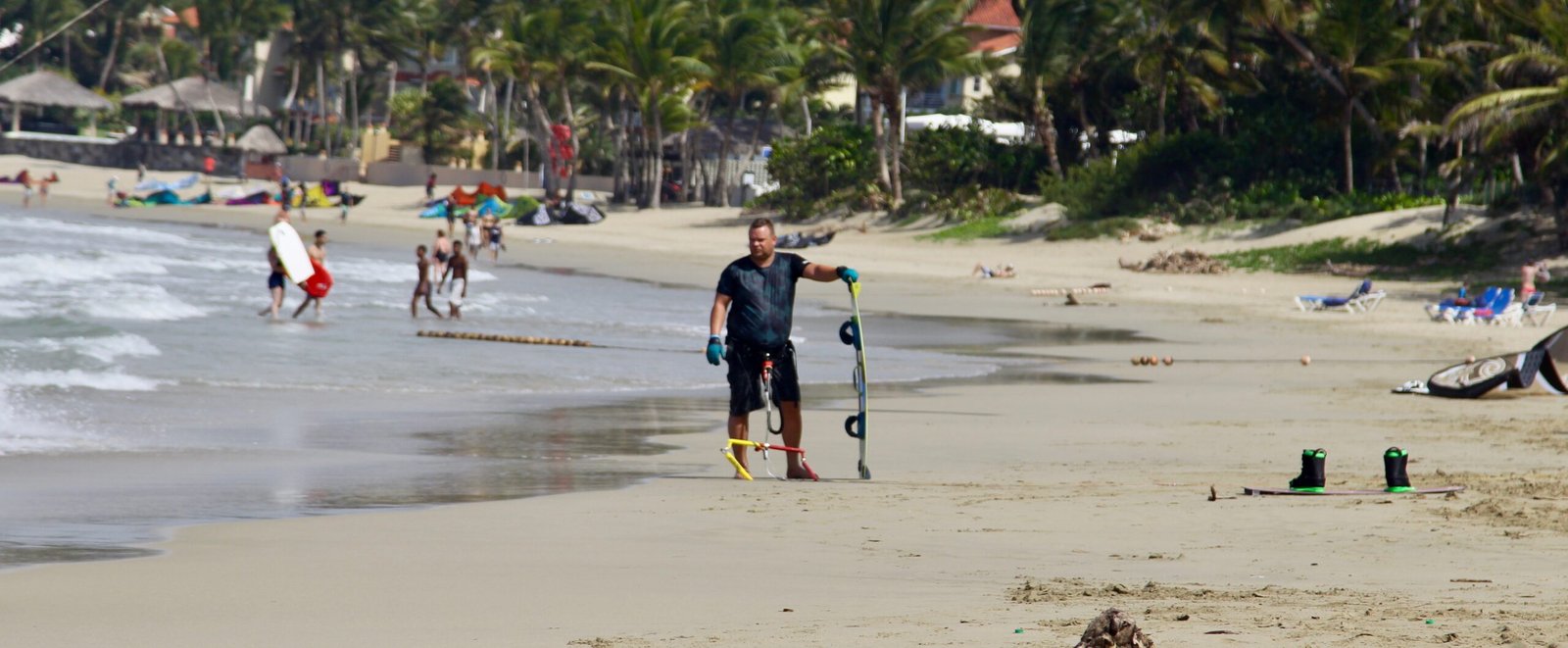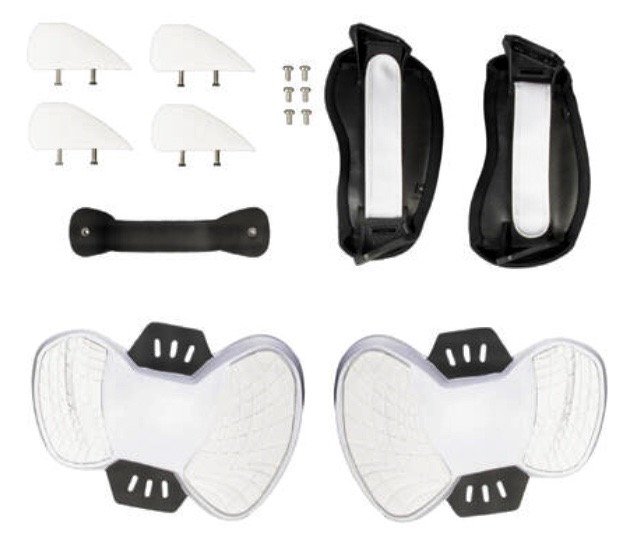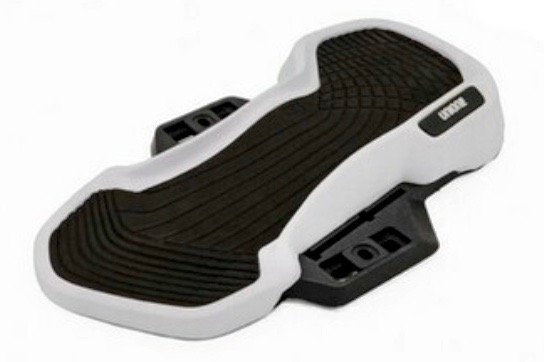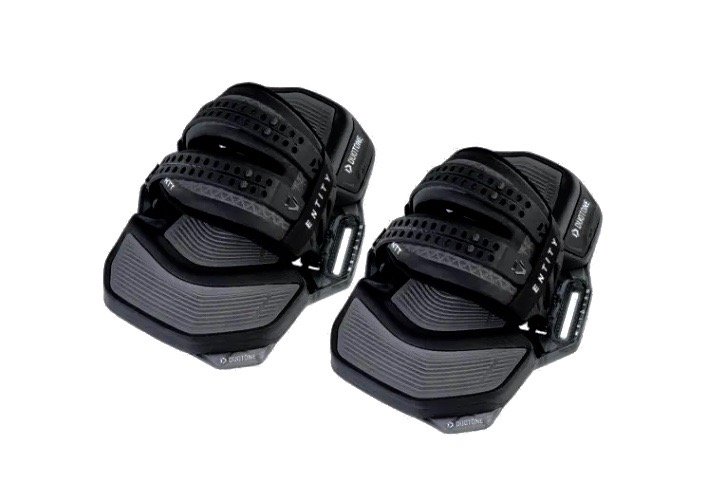Kiteboard bindings - pads and foot straps.

How to choose kiteboard bindings - pads and foot straps, tips and tricks from a trainer.
In this article, I will tell you how to choose bindings (pads) for a kiteboard and what you need to pay attention to when choosing bindings for a kiteboard.
In stores, kiteboards are often sold complete with bindings, but unfortunately it happens that we are satisfied with the kiteboard, but not with the pads.
It is best if you consider buying bindings (pads) for a kiteboard as a separate item, without being tied to the brands of board manufacturers.
The first thing you need to pay attention to is the size of the bindings.
Many manufacturers produce two or three sizes (M-L-XL), this usually applies to expensive brands.
Simpler manufacturers most often produce one universal size.

Once you have decided on the size, pay attention to the amount of adjustments in width, height and angles.
Kiteboard bindings have two parts: foot pads and foot sraps.

First, let's talk about pads. Modern pads should be made using thermoforming technology.
It is important that the pad has a ledge for your toes, since when jumping you can hold the kiteboard with your toes so that your foot does not slip out of the bindings.
The pads should not be too low in height, since they act as shock absorbers when landing.
A number of manufacturers include several heel pads (soft, medium, hard) with the bindings.
Today, many kiteboard binding manufacturers use thermoforming technology, in which the pad is formed to the anatomy of the foot using body heat.
This makes riding more comfortable, but requires individual settings for the kiteboard binding.
There are no special requirements for straps, it is important that you can adjust them with one hand.
It is even better if the loop is divided into two parts, and you have the ability to adjust the instep and the toes.

When adjusting your kiteboard bindings, your foot should be pressed fairly tightly to the mat, with the protrusion under your toes.
But at the same time, the front of your foot with a stable heel should be able to move fairly freely to the right and left at a slight angle.
The conclusion is obvious - ideal bindings should be the size of your foot, adapt to the anatomy of your foot, and have as many settings as possible.
With such kiteboard bindings, your riding will be as comfortable as possible!

Hard kiteboard bindings are the choice of professionals.
This is pure freestyle.
They are most often installed on a kiteboard by those who ride on a flat spot or in a kite park, jumping on traplines.
Excellent performance at a professional level.
